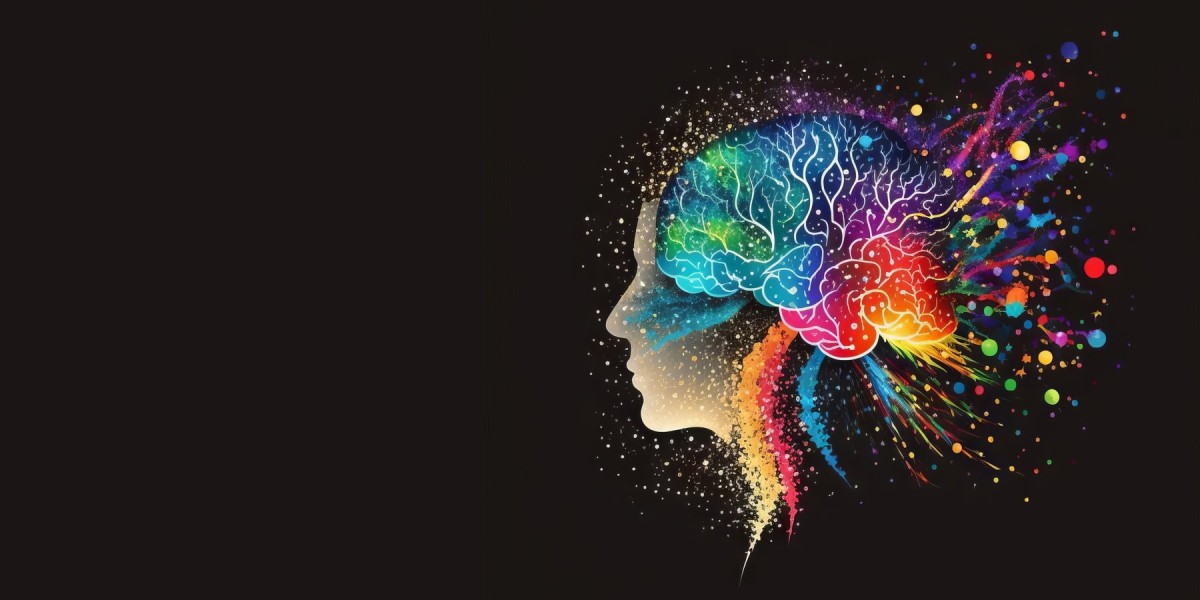Embroidery conversion starts with selecting the right images. Choosing images suitable for embroidery conversion is crucial for achieving high-quality embroidered results. In this comprehensive guide, we'll provide tips for selecting the perfect images for embroidery conversion, discuss the process of converting images to embroidery files, and explore the role of embroidery file format converters in the digitizing workflow.
1. Consider Image Complexity
Simplicity is Key
Opt for images with clear outlines and distinct features. Simple designs with well-defined shapes and minimal details are ideal for embroidery conversion as they translate more seamlessly into stitch patterns.
Avoid Overly Complex Designs
Steer clear of images with intricate details, fine lines, or excessive gradients. These elements can pose challenges during embroidery conversion and may result in loss of clarity or distortion in the final embroidered design.
2. Assess Color Compatibility
Limit Color Variations
Choose images with a limited color palette or opt for designs that can be simplified to fewer colors. Limiting color variations makes it easier to replicate the image using embroidery thread and reduces the risk of color distortion in the final embroidery.
Consider Thread Availability
Keep in mind the availability of embroidery thread colors when convert image to embroidery file. Choose colors that closely match available thread options or be prepared to make substitutions to achieve the desired color effects.
3. Prioritize High-Resolution Images
Image Clarity Matters
Select high-resolution images to ensure clarity and detail in the final embroidered design. Higher resolution images provide more information for the digitizing software to work with, resulting in sharper and more accurate stitch patterns.
Resolution Guidelines
Opt for images with a resolution of at least 300 DPI (dots per inch) for optimal results in embroidery conversion. Avoid using low-resolution images as they may appear pixelated or blurry when converted into embroidery.
4. Assess Design Suitability
Consider Embroidery Size
Evaluate whether the chosen image is suitable for the desired embroidery size. Some designs may need to be resized or simplified to fit within the constraints of the embroidery hoop or garment.
Adaptability for Stitching
Assess the adaptability of the design for stitching onto fabric. Images with clear outlines and defined shapes are easier to stitch and result in cleaner, more recognizable embroidered designs.
5. Evaluate Image Originality
Copyright Considerations
Ensure that the selected images are free from copyright restrictions or obtain the necessary permissions for their use in embroidery projects. Avoid using copyrighted images without proper authorization to avoid legal issues.
Personalization and Customization
Consider personalizing or customizing images to make them unique to your embroidery projects. Add text, embellishments, or other elements to tailor the design to your specific preferences or requirements.
6. Converting Images to Embroidery Files
Manual vs. Automatic Digitizing
Choose between manual and automatic digitizing techniques based on the complexity of the design and your level of expertise. Manual digitizing offers more control and customization but requires skill and experience, while automatic digitizing is faster but may lack precision.
Role of Embroidery File Format Converters
Utilize embroidery file format converter to ensure compatibility and versatility in the digitizing process. These tools allow you to convert embroidery files between different formats, facilitating seamless data exchange and collaboration.
FAQs
1. Can any image be converted into an embroidery design?
While many images can be converted into embroidery designs, not all are suitable. Simple designs with clear outlines and limited colors tend to work best for embroidery conversion.
2. How do I know if an image is suitable for embroidery conversion?
Assess the image's complexity, color compatibility, resolution, and suitability for stitching onto fabric. Choose images that are clear, well-defined, and adaptable to the embroidery process.
3. What file formats are compatible with embroidery file format converters?
Embroidery file format converters support various file formats, including popular formats like JPG, PNG, BMP, and SVG. Additionally, converters may also support proprietary embroidery file formats used by specific digitizing software.
4. Are there any limitations to using automatic digitizing techniques?
Automatic digitizing techniques may struggle with complex designs or fine details, leading to inaccuracies or distortions in the final embroidery. Manual digitizing offers more control but requires greater skill and expertise.
5. How can I ensure compatibility between embroidery files and machines?
Use embroidery file format converters to convert files to compatible formats for your embroidery machine. Conduct testing to verify compatibility and make any necessary adjustments before stitching.
Selecting the perfect images for embroidery conversion is essential for achieving high-quality embroidered results. By following these tips and leveraging embroidery file format converters, you can ensure that your embroidery projects turn out beautifully every time.





